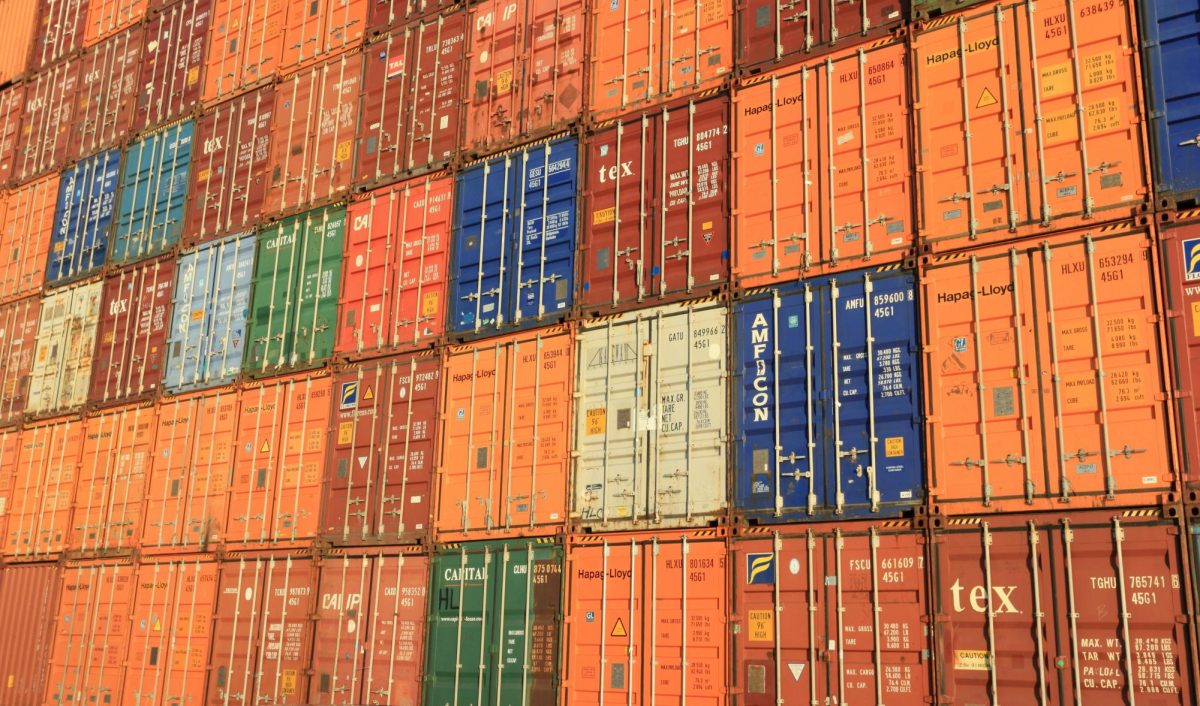While Donald Trump was campaigning for presidency, one of his main policies was levying tariffs against China, Canada and Mexico. Now that he has been inaugurated as the 45th president of the United States of America, it is increasingly important to understand what tariffs are and what they are used for.
What is a Tariff?
Tariffs are a tax placed on goods imported from another country, which causes the price of the goods to increase. Tariffs can either be ad valorem or specific.
Ad Valorem tariffs are more common, being a percentage tax on the value of the good. Specific tariffs are less common and are just a set amount extra added onto the good’s cost. One keynote is that the importing country pays the tax. So, if America places a tariff on Chinese goods, Americans pay the tax not China.
An example would be when Trump levied a 25% tariff on Chinese steel in 2018 to penalize China’s inequitable trading practices. This was because the Chinese government was giving money to Chinese steel factories, which allowed them to sell steel at lower prices than American steel companies.
Advantages
Tariffs can be used to protect domestic industry, decrease trade, or increase revenue.
An example of a tariff being used to protect domestic industry is during the 1990’s, Chinese manufacturers were selling paperclips at a loss in America in an attempt to kill American paperclip manufacturers. This prompted the U.S. government to place a 127% tariff on Chinese paperclips.
If one country does not want to trade with another country as much as they used to, tariffs are sometimes put in place to decrease the amount the two countries trade with each other. This could be seen when Russia invaded Ukraine, and in response, Joe Biden placed a 35% tariff on Russian goods.
Placing a tax on foreign goods is a way for a government to increase its revenue. While it is not commonly used for that purpose today, during the 17th century, many colonial powers used tariffs to bring in extra income.
Disadvantages
By placing a tax on foreign goods, the price of the goods will go up for the consumer.
If a foreign power finds the tariffs too high, it may lead to them placing tariffs on the original country, as called a retaliatory tariff. This may cause the original country to place another tariff and so on. This is called a trade war. Trade wars reduce the amount the two countries trade with each other and causes inflation.
During Trump’s first term in 2018, he initiated a trade war between the US and China, when he imposed tariffs onto China, and nearly $200 billion of imports were affected. The higher prices of the trade war were eventually passed onto American consumer.
The United States Tariff Act of 1930, commonly called the Smoot-Hawley tariff is blamed often for worsening the conditions of the Great Depression. This tariff raised a 20% import tax on agricultural goods and manufactured goods. This was on top of America’s roughly 40% tax on foreign goods. Worldwide internation trade declined by 66% between 1929-1934, with the Smoot-Hawley Act being partly to blame.
A more recent example would be President Trump’s tariff on washing machines in 2018. This tax brought in $82 million per year, while costing the American consumer $1.5 billion dollars per year. This tax was removed in February 2023.
Trump’s Tariffs
On February 1 Trump placed a 25% tariff on Mexico and Canada, and a 10% tariff on China, on top of an original 10% tariff on China. Two days later, he gave Mexico and Canada a 30-day relief from the tariffs but kept the ones on China. This came after Canada and Mexico took steps to increase border security, including Canada classifying Mexican cartels as terrorist groups and Mexico moving 10,000 troops to their border.
On March 4 he enacted the tariffs on Canada and Mexico, but reduced the levy on Canadian energy to 10%, and increased the tariff on China to 20%. On March 6th he delays the 25% tariffs on many of Canada and Mexico’s exports.
The initial purpose of these tariffs was to put pressure on the countries to better regulate their borders and stem the flow of illegal immigrants and Fentanyl coming into America.
Fentanyl has become a major problem for the United States with more than 100,000 people dying from overdoses from May 2020 to April 2021. The majority of Fentanyl coming into the U.S. are in the form of percussors, that are used to make Fentanyl and are made mostly in China. Those Fentanyl-precursors are then transported over the Pacific Ocean to Mexico and finally smuggled up into the United States.
While some Fentanyl does come down through Canada, it is less common. From January to December 2024, 50 pounds of Fentanyl have been seized at the Candian border, while 20,610 pounds of fentanyl have been seized at the Mexican border.
Canada placed its own retaliatory 25% tariffs on roughly $30 billion worth of US goods, on March 4. The EU has agreed to match Canada’s 25% tariff, costing roughly $28.33 billion. On March 13th, Canada placed another 25% on tariff on various US imports, focusing on steel and aluminum, this would cost around $29.8 billion.
Overview
Tariffs are taxes placed on foreign goods, which are often used to further nation interests or economy. They can protect domestic industry, generate income, or punish another country. On the other hand, tariffs are directly tied to economic downturns. The trick to an effective tariff is consistency; by applying them over a long period time, it encourages industry to move within our borders. Tariffs can be useful, but it is imperative that they are used wisely to not cause more pain than gain.













